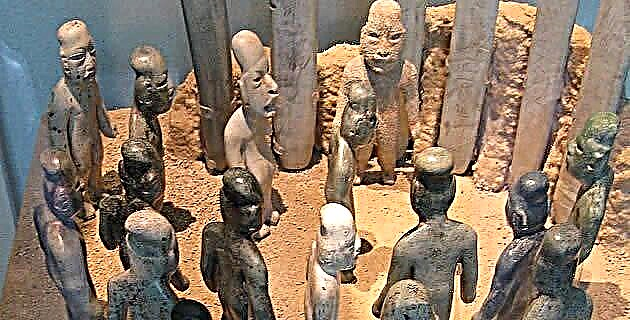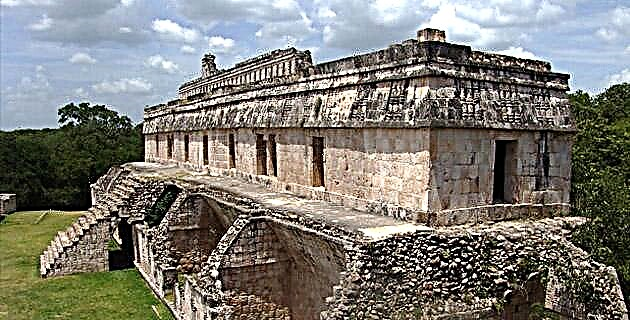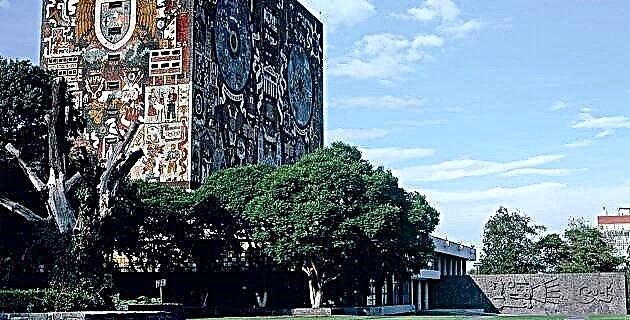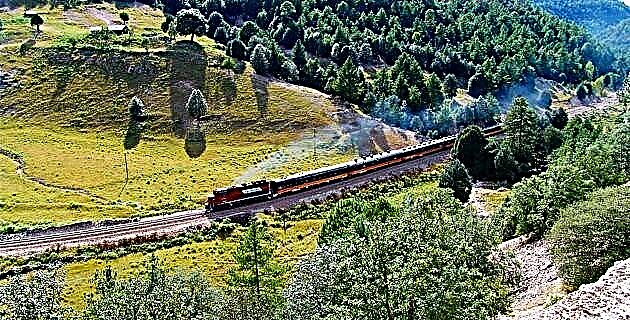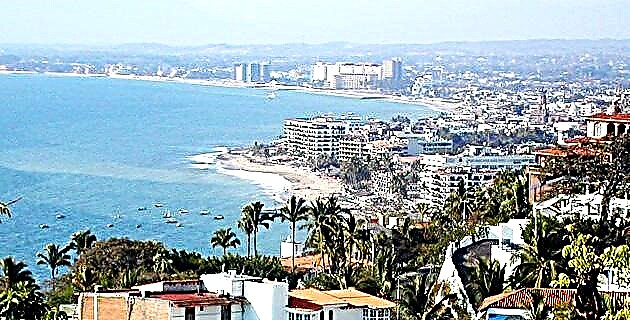
Ixtlán de los Hervores is a picturesque place located in the northwest of the state of Michoacán, near the border with Jalisco, at an altitude of 1,525 m above sea level and whose name in the Chichimeca language means "place where maguey fiber abounds", and in Nahuatl "place where salt exists".
Located 174 km. from Morelia, capital of the state, and only 30 from the city of Zamora, this small town has a beautiful geyser, which when it is lit, stands proudly at a height of approximately 30 m and can be seen from far away, when traveling By car.
It is not known for sure whether this intermittent hot water source is natural or not, because on the one hand it has been known of its existence since pre-Hispanic times and, on the other, it is said that the Federal Electricity Commission carried out drilling in the place to generate energy. Thus, in some tourist brochures it is stated that "during pre-Hispanic times, the region where Ixtlán is located was part of the great chiefdom of Tototlán, located in the Cuina valley ..."
Years later -in the Colony- the Jesuit Rafael Landívar in his work Rusticatio Mexicano, in which the stories of his travel experiences appear, describes the geyser as follows: “There [in Ixtlán] Inexplicable wonder! There is a fountain, queen of the others and the greatest germ of the fertility of that land, which sprouts from the rugged opening with unusual violence; but if a curious person approaches to contemplate it, the water collects, recedes and ceases its course, barely interrupted by very fine strands of crystal, as if the nymph that guards it, full of blush, could not contain some bright tears.
"As soon as you leave that place, when the current, fatigued by oppression, gushes out with a blow and slides again hurriedly across the field."
When I visited the place, Mr. Joaquín Gutiérrez and Gloria Rico, who was in charge of the store at the site, explained to me that in 1957 the Federal Electricity Commission carried out three perforations from which it hoped to obtain sufficient force to generate energy and send it from there to all the region. Unfortunately this was not the case, so they decided to close two of them and leave only one open, but controlled by a valve; drilling that currently constitutes the geyser I refer to. They also told me that the Commission workers introduced a probe that reached approximately 52 m, but that they could not go lower because the internal temperature exceeded 240 ° C and the bits were bending.
During the next 33 years, the state government took over the place, without thereby acquiring a greater importance or momentum that in any way translated into improvements to the community. In 1990 the Board of Trustees for Beautification and Conservation of the geyser region was created, chaired by Mr. Joaquín Gutiérrez and made up of workers, suppliers and 40 families, whose livelihood depends almost entirely on the income received from entering the this touristy place.
Said income is destined in the first instance, to the maintenance of the facilities; later, to the construction of new premises and dressing rooms, as well as bathrooms and, finally, to pay the salaries of the workers.
Currently, this site also has a children's play area made with wood and rope, and it is expected to build cabins and camping areas very soon.
Within the area that the geyser occupies - about 30 hectares - there are other sites of interest; For example, in the back, about 5 or 6 m from the pool, is the "crazy well", so called because when the geyser "turns off" it fills with water and when it "turns on", it empties . On one side of the pools there is also a small lake where ducks live. In the surroundings there are many "boils" that constantly captivate the spectators who do not cease to be amazed, since it is common to find feathers and other remains of chickens, which without the need for a stove and gas, are peeled and cooked right there by some women from the place. In addition to the geyser, the population is dedicated to agriculture, livestock and other activities, such as the elaboration of huaraches. Every year on October 4, they hold a party in honor of San Francisco, patron of Ixtlán, in the beautiful and impressive church that is located in the center of town.
The predominant flora of the region is grassland vegetation, that is, huizache, mesquite, nopal, linaloé and scrub. Its climate is temperate, with rain in summer; the temperature ranges between 25 and 36 ° C, so the warm waters of the geyser are a constant invitation to immerse yourself in them and allow yourself to be caressed, as Don Joaquín told us: “according to a sorcerer who came once, these waters are "Females", since here a man never feels bad or can avoid the incessant desire to enjoy them, here only women can leave or feel bad, without this being frequent ".
One day at midnight I had the opportunity to approach the geyser walking through the pool and suddenly it "turned off" so I verified that the description made by the Jesuit poet was true, in addition to understanding why they call it "crazy well": its waters they were effectively leveling up. After a long time enjoying the “caresses” of the water, I went out to contemplate the beautiful moon that illuminated the sky “studded” with stars and to enjoy a tasty snack. You can also visit the beautiful spa of Camécuaro, located in this wonderful and always pleasant state of Michoacán.
I hope that very soon you will have the opportunity to pass through this wonderful corner of Mexico, and enjoy in the company of your family, the famous healing properties of its waters and mud, since they contain -among other things- calcium and magnesium bicarbonate, as well as sodium and potassium chloride.
IF YOU GO TO IXTLÁN DE LOS HERVORES
From Morelia take highway no. 15 that goes to Ocotlán, before passing through Quiroga, Purenchécuaro, Zamora and finally Ixtlán. The section of road between Zamora and Ixtlán is no. 16.

